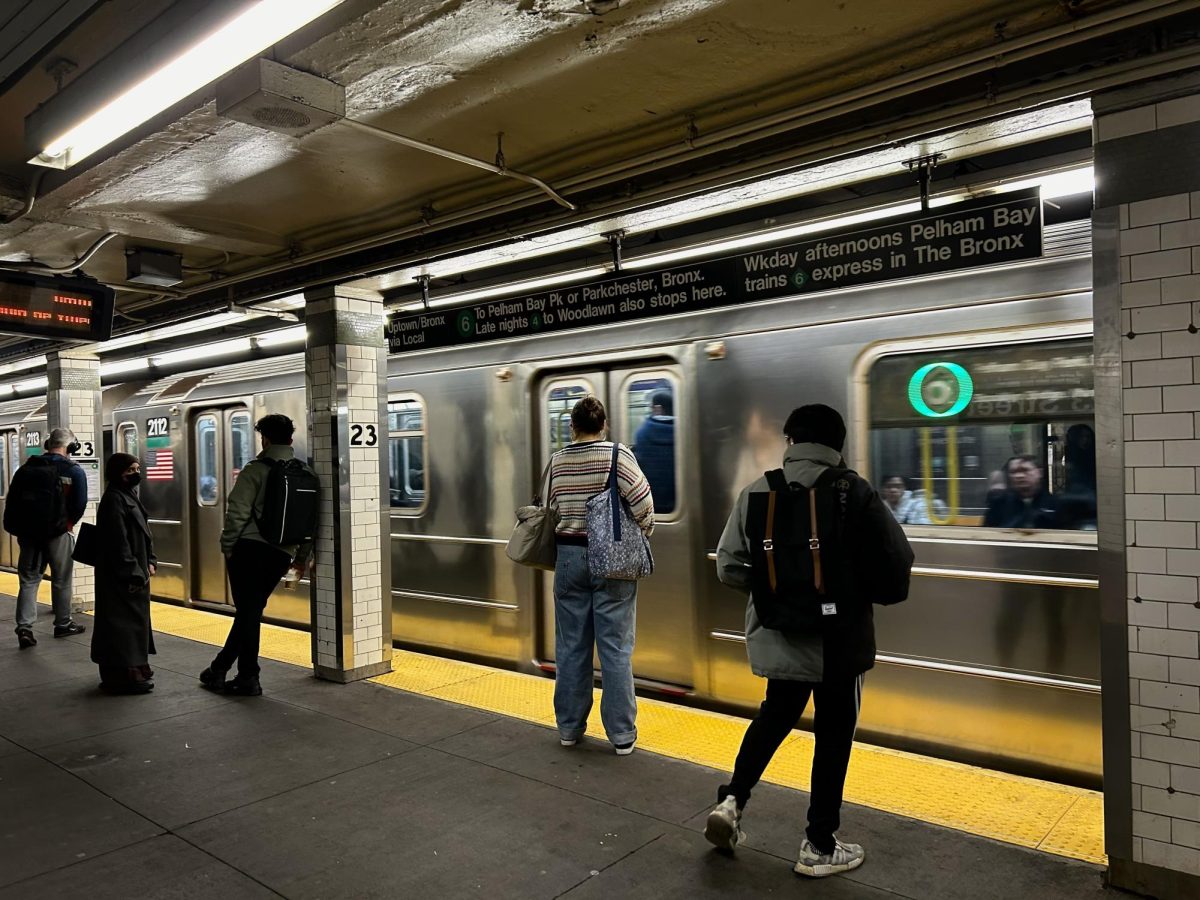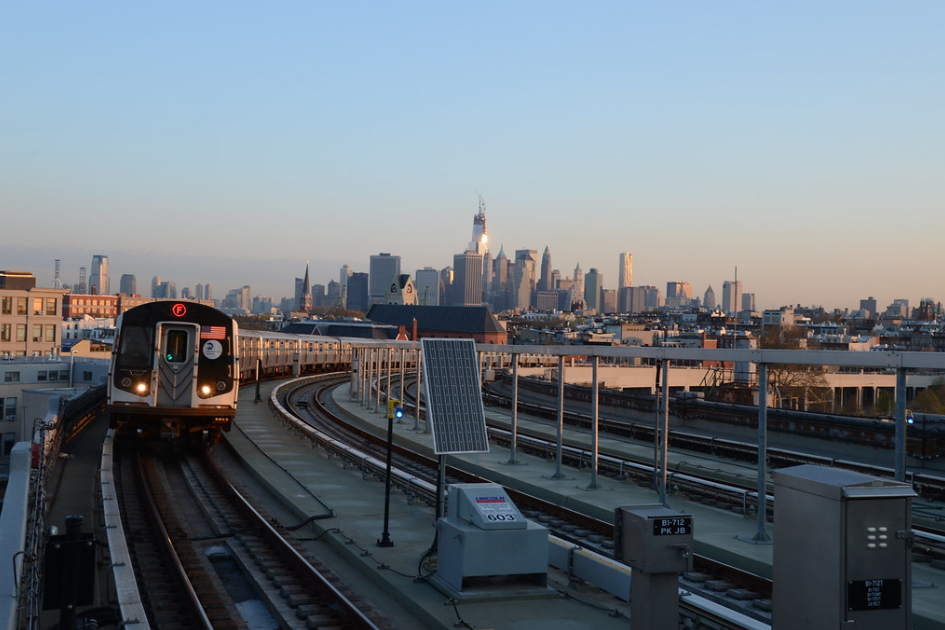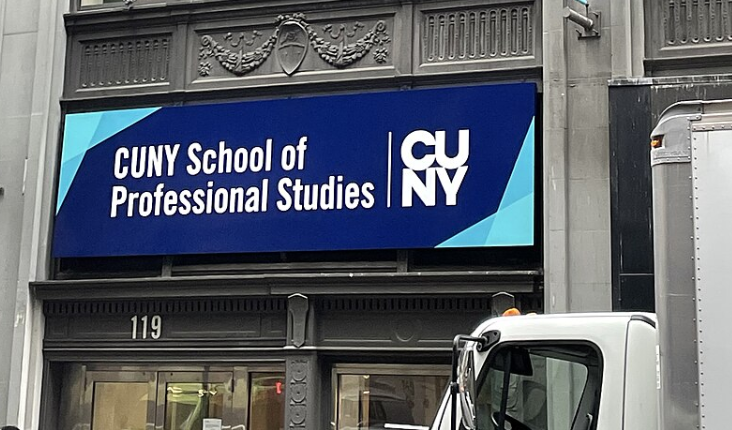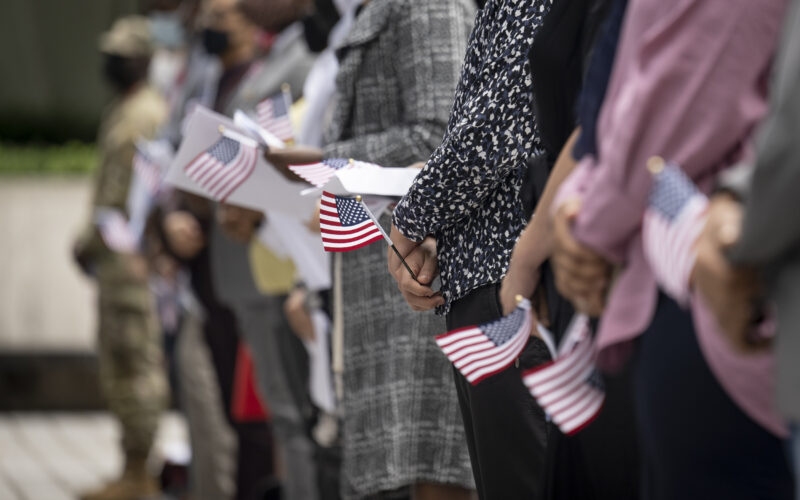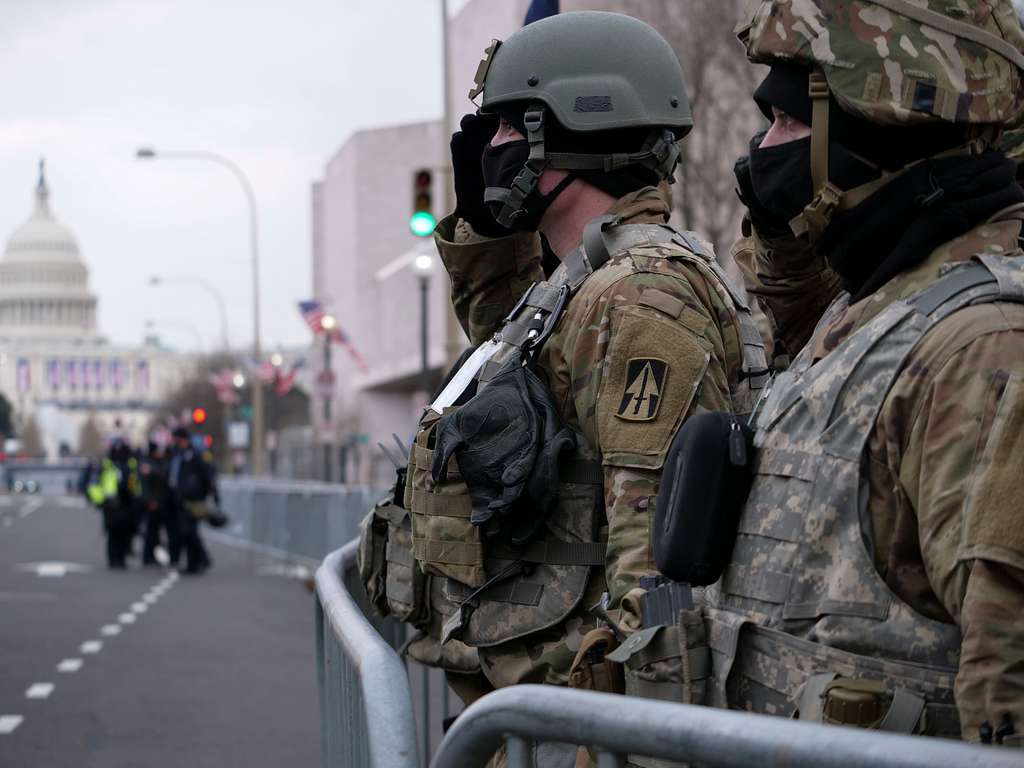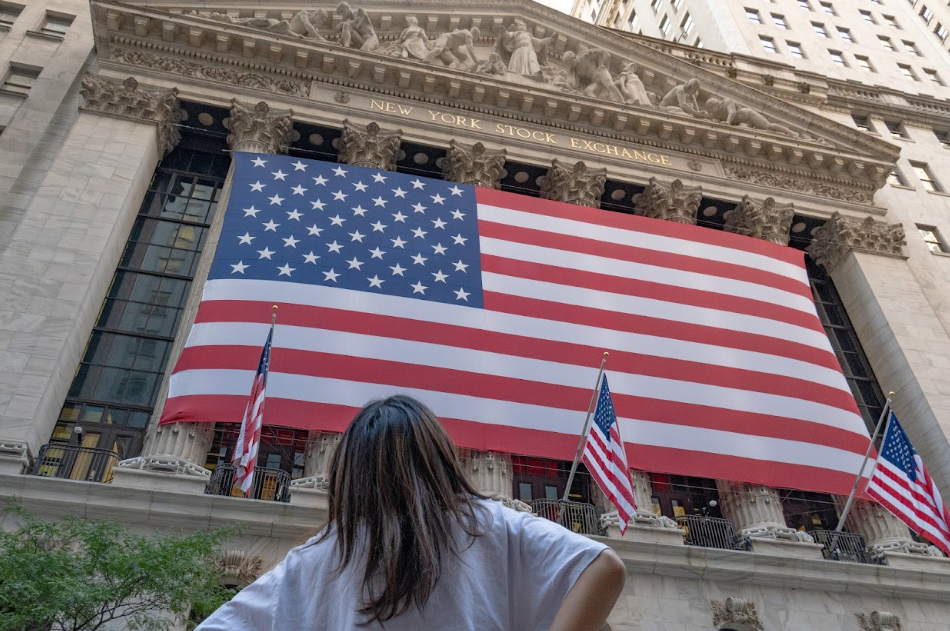Despite New York Gov. Kathy Hochul’s decision to deploy the National Guard and State Police into the subway on March 6, violent incidents have continued to occur in the transit system. Hochul’s decision seems overall ineffective, discriminatory and invasive to riders.
As part of her five-point plan, Hochul said the purpose of the National Guards was to patrol and randomly check bags of passengers. If a rider does not consent to a check, they are not able to ride at that station.
However, this policing strategy did not prevent violent crime from happening. In the weeks after Hochul’s decision, multiple incidents occurred where Hochul’s decision was put into question.
On March 10, a woman was pushed onto the tracks of Fulton Street station by her boyfriend and later had to amputate both feet. On March 14, a fight broke out which resulted in a stabbing and shooting on the A train. On March 25, a man was pushed onto the tracks and killed by an oncoming 4 train.
Hochul said the decision was meant to help riders feel safe. “I wanted to send reinforcements to the Mayor of New York, who has primary responsibility for policing the subways… We have seen a number of crimes, and again, not statistically significant, but psychologically significant,” according to MSNBC.
Riders continued to say they were not in favor of the National Guard’s presence and did not think the presence of the National Guard was helping them psychologically. The evidence insists the contrary. The presence of police and armed military in the transit system creates tension in the environment.
Some say the decision is invasive and potentially racially profiling riders. In a similar fashion to stop-and-frisk, where 97% of people stopped were Black or Hispanic, relying on the police to randomly stop passengers for a bag check is a biased system. Studies show that young men who have had encounters with police are more likely to suffer from anxiety, depression and PTSD.
The MTA has also attempted to make the subway safer with metal barriers, although it has not received positive feedback due to its lack of effectiveness. By the end of 2024, every train car will have a camera installed. The MTA also announced they will be replacing all fluorescent light fixtures with LED lighting by 2026, which will help capture better video quality.
Passengers say they are frustrated with the constant over-policing and surveillance of the subway by New York City Mayor Eric Adams and Gov. Hochul. Instead, they should put more effort and money into addressing root causes such as mental health, homelessness and poverty.
Officials say workers moved more than 1,000 homeless people from the subway into shelters, healthcare or housing in the past two years. However, this claim seems impotent given the increasing number of homeless people, the low quality of homeless shelters and rampant poverty.
While Hochul proposed sending teams of mental health clinicians into the system, her decisions show a lack of knowledge of mental health and safety. More work should be put into preventing homelessness and providing health care to make the transit system safe for everyone.


